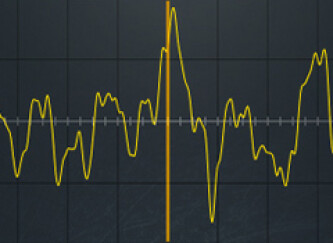
Phase – The Solutions - Everything about Phase Problems - Part 3
LearningAfter having seen the theory and the cases where you could have phase issues, in this final installment we will see different ways to identify eventual problems. And we will also go through the vario…
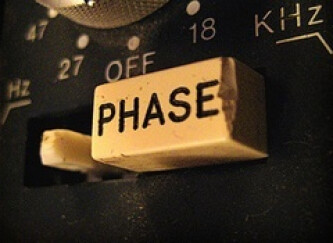
Phase — Practical Cases - Everything about Phase Problems - Part 2
LearningAfter a simplified — but not simplistic — approach to the theoretical aspects of phase in our last article, today we will see in which cases you may find yourself having to deal with phase problems.
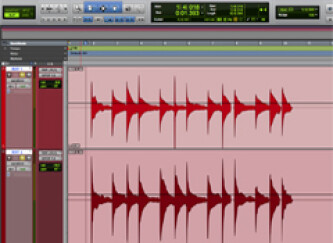
Doubling Made Easy - What is a fat guitar sound and how do I reproduce it?
LearningOne of the most powerful ways to make a track sound bigger and more impactful is by doubling it. The quintessential example of this is the doubled rhythm guitar part, which can really fatten the soun…
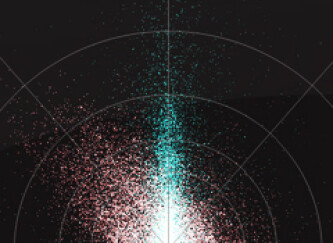
Understanding Phase - Everything about Phase Problems - Part 1
LearningIf you are into audio, you have surely heard about phase many times — whether in reference to mixing or recording live in the studio — and usually in a negative way.
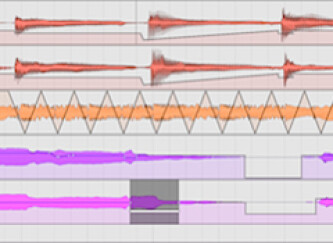
DAW Automation 101 - Master your DAWs Automation Features to Gain Control Over the Mix
LearningOne of the most powerful features in your DAW is its ability to automate the volume, pan, send and return levels, and effects parameters of the various tracks in your mix.
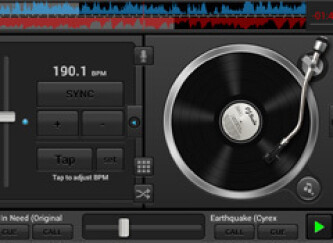
Polishing and Exporting the Final File - Recording Your DJ Sessions - Part 4
LearningIn the three previous parts, we showed you how to set up the DJ hardware, how to configure your computer to record an optimal signal and some good practices to keep in mind for your sessions. Now tha…

Best Practices for Recording Your DJ Mixes - Recording Your DJ Sessions - Part 3
LearningIn the first two parts of this article, we discussed how to prepare your mixer and configure your computer to record a mix. Now that the hardware is ready, we can now move on to some tips for you to …
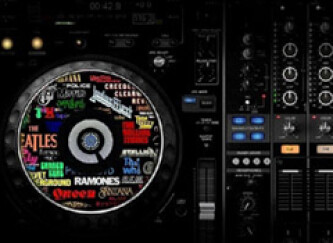
Setting Up Your Computer To Record Your DJ Mixes - Recording Your DJ Sessions - Part 2
LearningIn the first part of this article, we discussed how to prepare the decks, records and mixer to have an optimal audio signal...
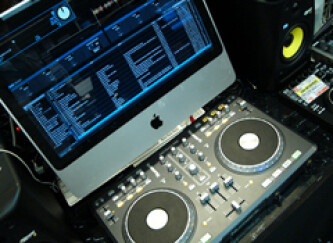
Setting Up Your Mixer To Record Your DJ Mixes - Recording Your DJ Sessions - Part 1
LearningRecording yourself whenever you mix is an excellent habit that will allow you to learn and grow your DJ skills. Listening to your mixes later with a clear head allows you to put things into perspecti…
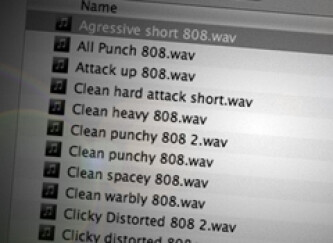
Organize Your DAW Files to Work Better and Faster - Spend More Time Making Music instead of Fighting your DAW
LearningAs a home-recording musician, you have to wear many hats. You’re the talent, the engineer, the producer, the mix engineer, and often even the mastering engineer (not to mention the studio manager and…
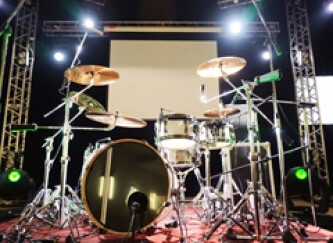
Producing A Big Rock Drum Sound - How To Get A Big Drum Sound- Part 1
LearningAfter guitar and bass, the time has come to focus on how to get a big drum sound. A subject matter so vast that we will need at least three articles to cover the basics.
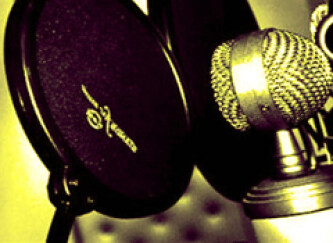
Clean Up Your Vocal Tracks - Editing Techniques That Help Remove Imperfections From Sung or Spoken-Voice Recordings
LearningYou may have already utilized the editing features in your DAW to make vocal comps and move individual words or lines around in time, but you can also use them to get rid of, or minimize, the sonic g…

How To Get a Punchy Drum Sound - PureMix Video On Mixing Drums
LearningIn this new PureMix video, sound engineer Ben Lindell shows you how to use your audio processing plug-ins to mix drums giving them more substance and presence.
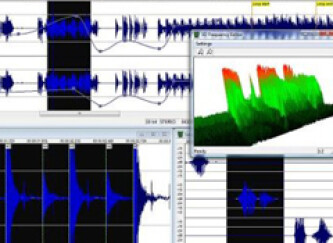
Audio Editors: Readers' Choice - The Top Audio Editors
LearningBe it to master a song, do some sound design, manipulate audio files or edit samples, the audio editor is a very precious tool in your creative arsenal. We chose nine paid audio editors from which yo…
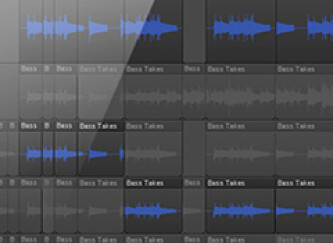
What is Comping? - How To Get The Perfect Take
LearningComping is an audio editing technique that consists in putting together different takes of the same instrument in order to get the "perfect recording" without the trick being audible.

